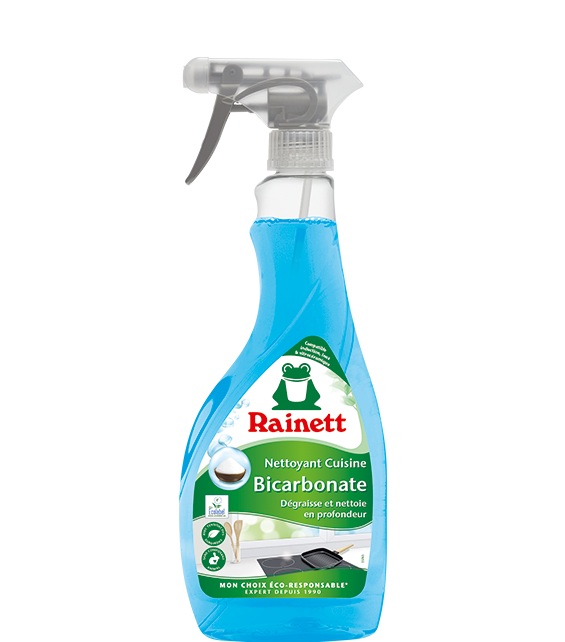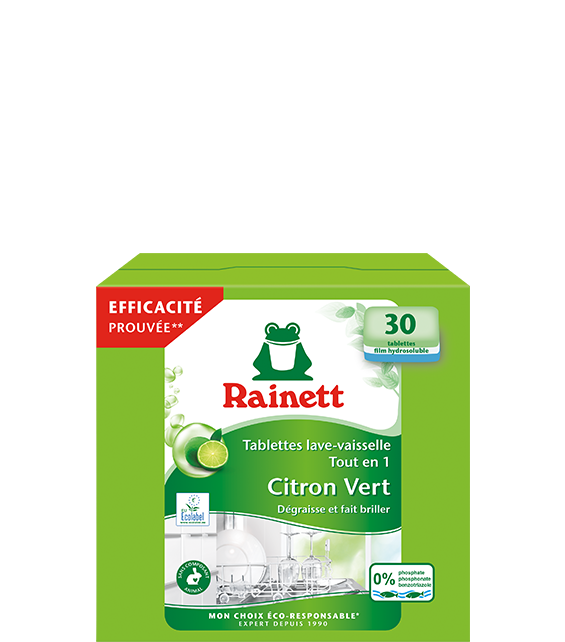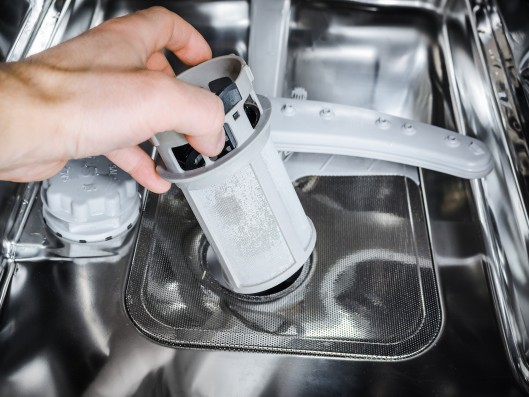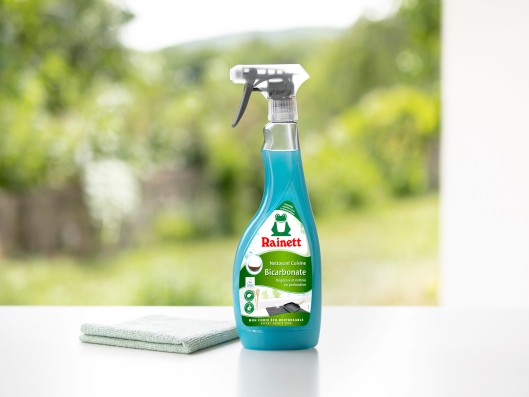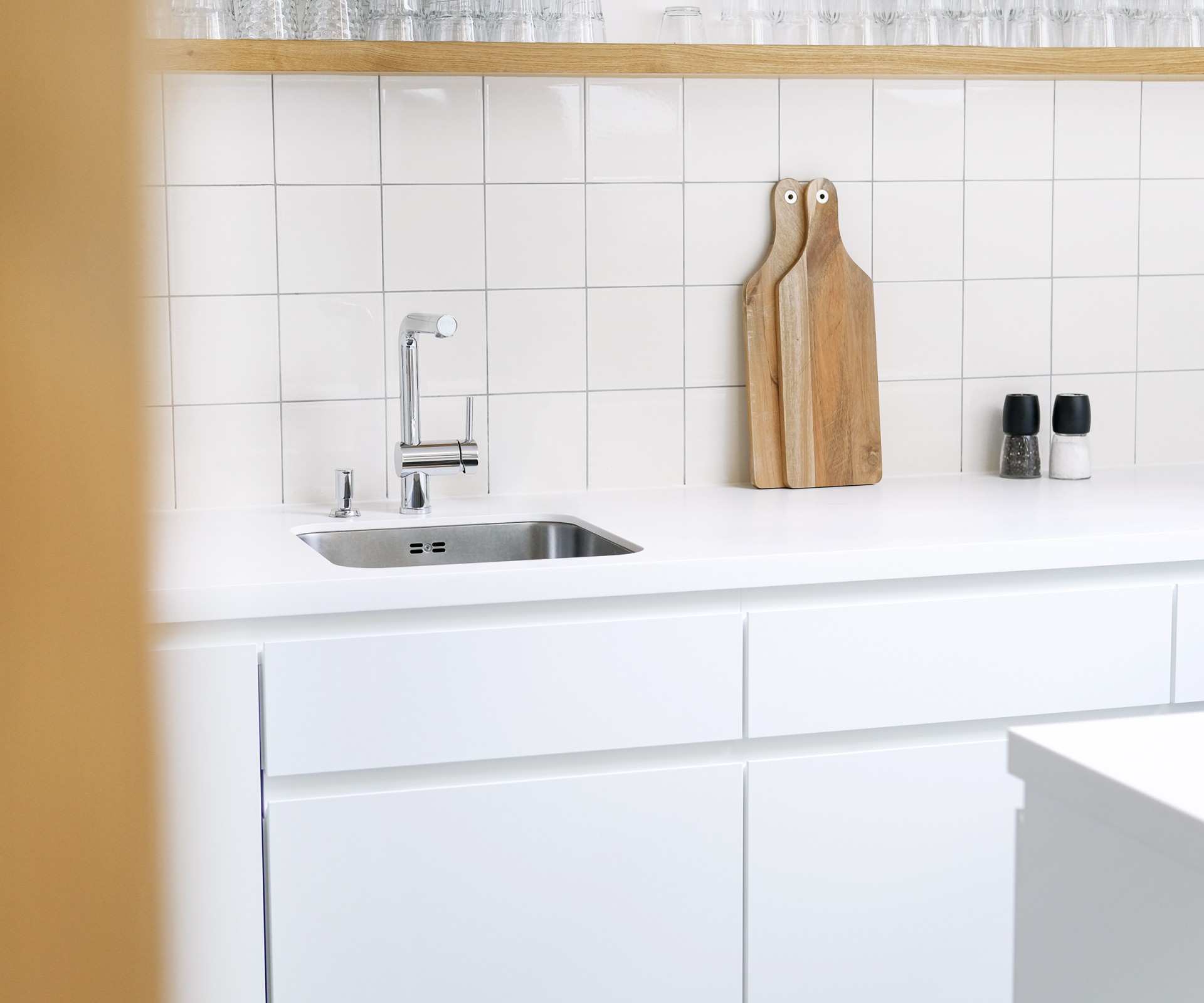
Cleaning the dishwasher properly for shiny results
The dishwasher is a real blessing for any household. Every day, it takes a lot of tedious work off our hands by cleaning our dishes and glasses and saving water at the same time. However, to make sure that we can enjoy our favourite household helper for a long time and that it can continue doing its great job, we should bear a few things in mind:
How do I use my dishwasher in an eco-friendly way?
While the dishwasher of course takes a lot of work off our hands, it's still an appliance that consumes electricity, water and other resources. The most sustainable way to use it is not to use it too often. You can do this by generally using fewer dishes, glasses and cutlery. You don't need a fresh place setting for every course, for example.
Which parts of the dishwasher should be cleaned?
The spray arms
The spray arms probably play the biggest role in cleaning your dishes. They should be cleaned from time to time. The spray arms can generally be removed quite easily and then clicked back into place (follow instructions). Pull off the spray arms and clean them using a dishwashing brush or sponge, water and some washing-up liquid. You can unblock the little nozzles with a toothpick.
The drainage area
The drainage area at the bottom of the dishwasher is often forgotten, but it's important to clean it. Regularly check for food waste and remove it. For even more cleanliness and a fresh scent you can clean the bottom and sides of your machine with the Kitchen Cleaner Baking Soda and a damp cloth.
The rubber seals
They're a hotbed for dirt and germs. To keep them clean and prevent mould growth, wipe them down regularly with a soft cloth and a squirt of your Kitchen Cleaner Baking Soda.
Be sure to remove food residue from your dishes before starting your machine. This will make cleaning easier, while preventing clogs and unpleasant odors.
